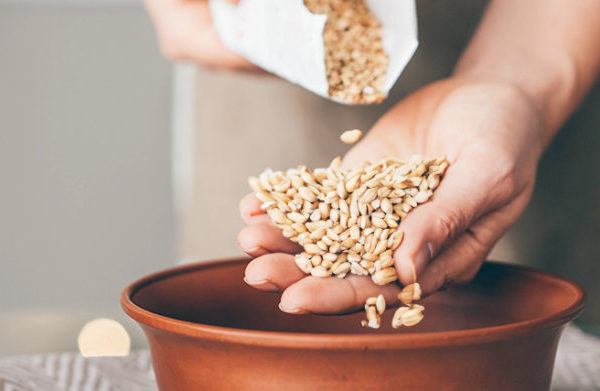
SHA Magazine Healthy Nutrition
Sugar detox: how to break sugar addiction
When was the first time you tasted something sweet? And when did you decide that sweet was good and you liked it? The fascination with sugar starts so early in life that it is often hard to remember why we have such a hard time getting rid of it.
It is not just a matter of habit because from a young age we learn to sweeten food and add more sugar to make things taste “better”, sugar addiction has a biological explanation: Sugar activates the brain’s reward centres, generating a feeling of pleasure that can trigger compulsive behaviour. Recognising this pattern is the first step towards detoxification.
The other thing to know is that there are many more things that contain sugar than we think. For example, it is in many processed foods that are not even sweet. Reading labels carefully and knowing the hidden sources of sugar will help to reduce sugar consumption effectively.
When the sugar addiction is too strong, willpower and good intentions are not enough, we need professional help and perhaps a specific cure to get rid of it.
The sugar detox is not a conventional diet, as it focuses specifically on eliminating refined sugar and artificial sweeteners from our diet. It also promotes the consumption of fresh, whole foods to improve the intake of essential nutrients to optimise the body’s functioning.
A sugar detox diet can be designed in several phases. The first would be to achieve a reduction in addiction by phasing out sugar gradually, to minimise dependence and cravings. The next phase would aim to stabilise energy levels by avoiding blood sugar fluctuations, in order to achieve more stable energy throughout the day, avoiding sudden glucose spikes and drops.
Soon after, we’d enter the next phase where healthy weight loss would be observed as the intake of empty calories would decrease and the metabolism would be activated. In the long term, a sugar detox helps reduce cardiovascular risk factors by controlling blood pressure and cholesterol levels and optimise brain function and cognitive performance by reducing inflammation and activating blood circulation.
To adopt a sugar detox diet, there are a few guidelines to follow:
- Gradual elimination: it is not a good idea to cut sugar consumption abruptly as withdrawal symptoms will be more difficult to cope with.
- Prioritise fresh food: Fruit, vegetables, lean proteins and healthy fats are your allies for a balanced diet that helps you transition to zero sugar.
- Hydration is the watchword: You can do it with water or with detox teas. The aim is to help the body eliminate toxins without losing optimal hydration levels in the process.





